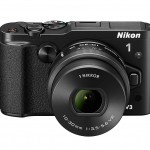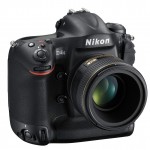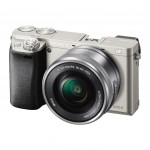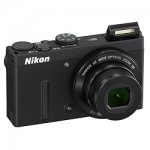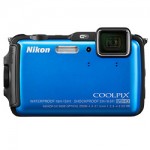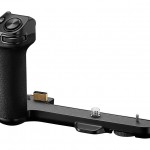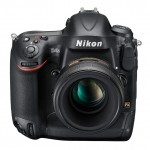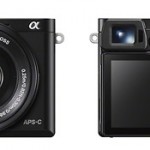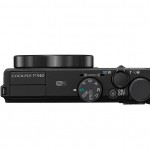Hello.
I'm a beginner photographer. I just got done with 4-week basic photography course (aperture, shutter speed, composition, lighting, etc.). I bought a Rebel GII with a 28-80mm lens.
I'm interested in doing landscape photography and am wondering what other equipment,
mainly lenses and filters, I should purchase. I already have a tripod and shutter release cable. Any help with lenses (e.g. 80-300mm) and filters (e.g. UV, polarizing, yellow, red) I should buy would be tremendously helpful. I'm going to Grand Teton in 2 weeks and would like to purchase this equipment before that.
P.S. I'd like to be able to use the same equipment on a Canon Digital (e.g. 10D) which I plan to buy in 3-6 months.



 LinkBack URL
LinkBack URL About LinkBacks
About LinkBacks
 Reply With Quote
Reply With Quote


